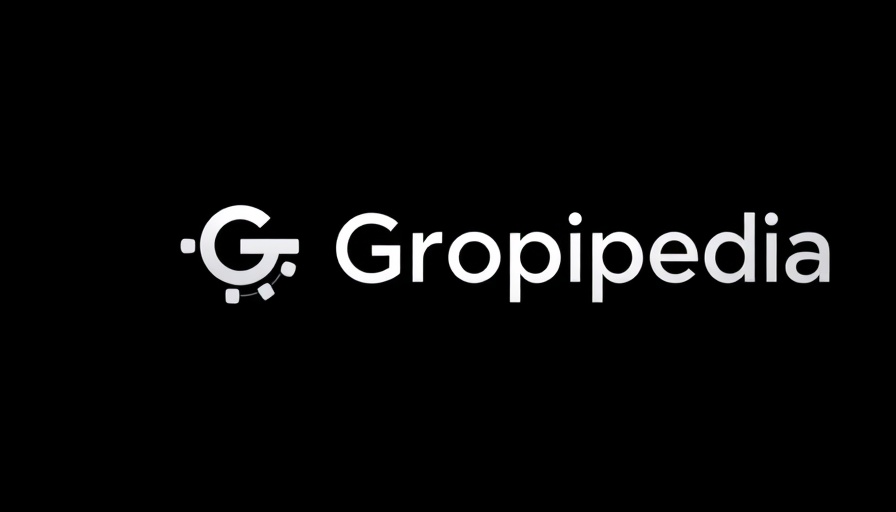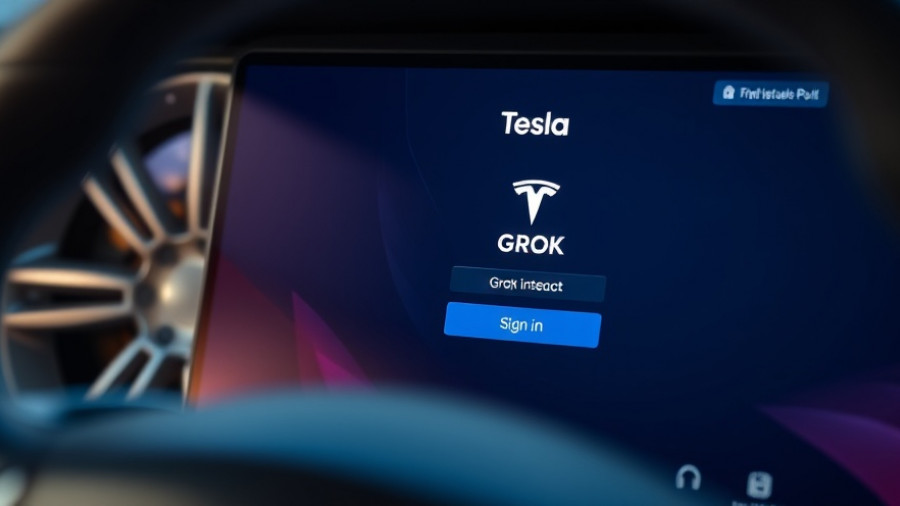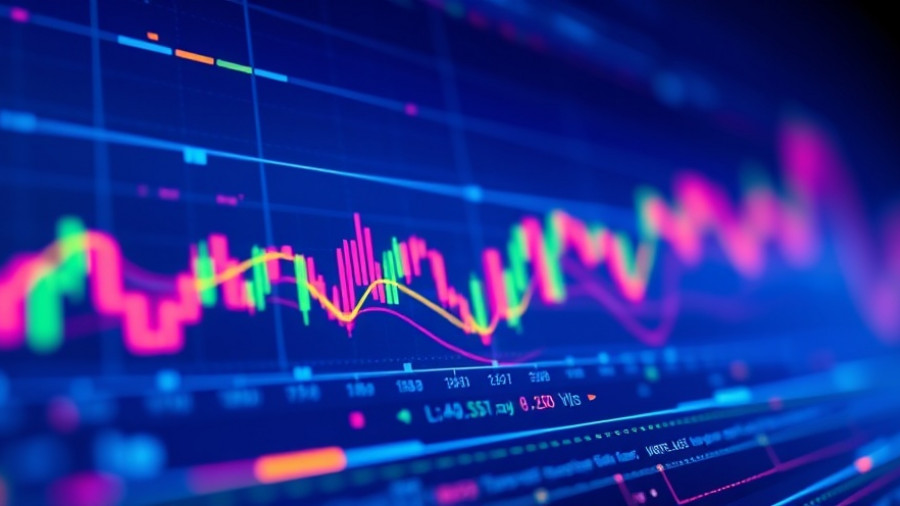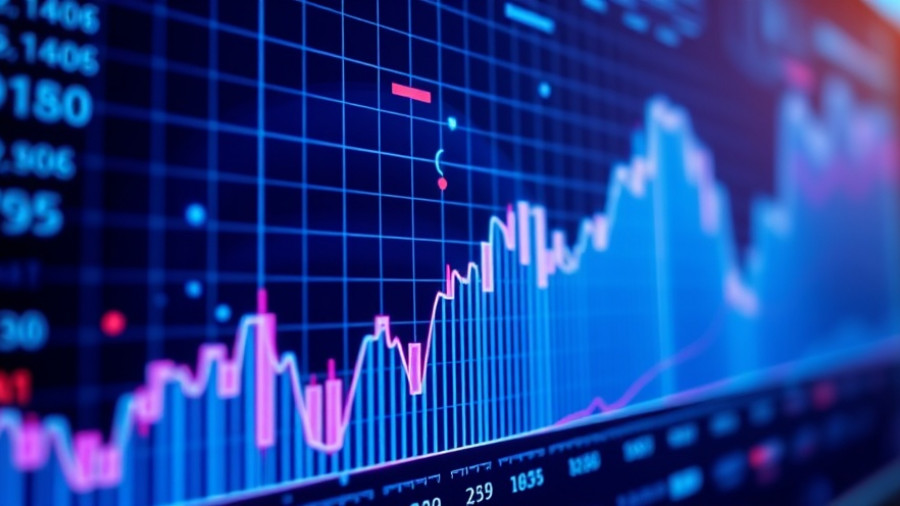
Meet Grokpedia: The AI Encyclopedia Revolutionizing Knowledge
The digital landscape of knowledge sharing is undergoing a dramatic transformation with the introduction of Grokpedia, an AI-powered encyclopedia poised to challenge the long-standing dominance of Wikipedia. Launched by Elon Musk's xAI, Grokpedia aims not only to provide information but to do so through an automated process that promises enhanced speed and accuracy. By utilizing an AI model known as Grok, the platform seeks to synthesize factual data and present it as a reliable source of knowledge. But how does this new contender stack up against Wikipedia, and what are the implications for information sharing and trust?
The Genesis of Grokpedia in the Age of AI
Launched in late 2024, Grokpedia is Musk's response to what he perceives as the editorial biases inherent in community-driven platforms like Wikipedia. Musk has consistently criticized Wikipedia for what he refers to as “editorial bias” and “activist curation.” His vision for Grokpedia revolves around creating a more objective resource for truth, promising "truth without censorship." According to Musk, this shift could catalyze a new era in knowledge sharing where accuracy is prioritized over ideological narratives.
How Does Grokpedia Operate?
At the heart of Grokpedia’s model is an impressive feature set aimed at delivering real-time, accurate information. The system works by checking existing entries and either retrieving them or generating brand-new content based on the latest verified information.
Unlike Wikipedia, where information can sometimes be slow to update or prone to lengthy disputes, Grokpedia’s AI allows it to react instantly to unfolding events. For instance, during significant news moments, Grokpedia could theoretically provide up-to-the-minute entries, thus making it a powerful tool for users seeking immediate data. In this way, Grokpedia acts as a hybrid of an encyclopedia and a real-time information generator, expanding its database dynamically with every query.
Balancing the Pros and Cons: Is Grokpedia Truly Objective?
While Grokpedia promotes itself as a neutral source, it carries inherent risks common to all AI technologies, most notably the potential for inaccuracies—a phenomenon labeled as “hallucinations.” These missteps cast doubt on whether AI can truly embody an unbiased source. Furthermore, critics warn that Grokpedia could simply replicate the biases found in the datasets used to train its algorithms, essentially replacing one form of editorial bias with another.
Proponents of Grokpedia argue that it offers a solution to the inconsistencies found on Wikipedia, where human editors may assert undue influence over certain topics, especially controversial ones. As a part of the larger AI ecosystem, Musk’s new platform could redefine not just knowledge acquisition but also the very fabric of digital truth.
Comparing Grokpedia to Wikipedia: Operational Differences
Wiki enthusiasts often commend the platform’s open-source model, which encourages community participation and transparency. In contrast, Grokpedia operates under a centralized model led by AI, which raises questions about accountability and governance.
Wikipedia thrives on public consensus and oversight, allowing the community to dispute edits and encourage a diverse range of perspectives. Grokpedia’s automated approach minimizes human intervention, potentially resulting in a lack of transparency regarding how information is sourced and stored. This opens the door for algorithmic dictates to influence what is deemed as acceptable knowledge.
Future Predictions: The Potential Impact of Grokpedia on Knowledge Sharing
The advent of Grokpedia can foster a divide in how knowledge is accessed and produced. Some experts speculate that if Grokpedia gains widespread trust, it could overtake Wikipedia as the go-to source for a new generation of digital content. If successful, this platform may lead to fragmentation in how information is valued, as users might oscillate between multiple sources of truth, creating a landscape rife with competing narratives.
This duality prompts further analysis among marketers and content creators on how to navigate information ecosystems. Business strategies will need to redefine content integrity workflows and tailor their messages for a platform like Grokpedia while maintaining a balanced approach to traditional methods.
Conclusion: The Battle for Trust in Digital Knowledge
The rise of Grokpedia challenges not just Wikipedia’s authority but the very concept of how knowledge is curated and disseminated. As the technological landscape evolves, it also compels us to reconsider our relationships with information, transparency, and truth. The stakes are high; the battlefield is no longer just about who provides the best content but about how that content shapes our understanding of the world.
As we enter this new chapter, it’s crucial for users and content creators alike to maintain an informed perspective that balances innovation with accountability. Only time will tell whether Grokpedia can deliver on its promises without succumbing to the biases that have plagued its predecessors.
 Add Row
Add Row  Add
Add 




Write A Comment